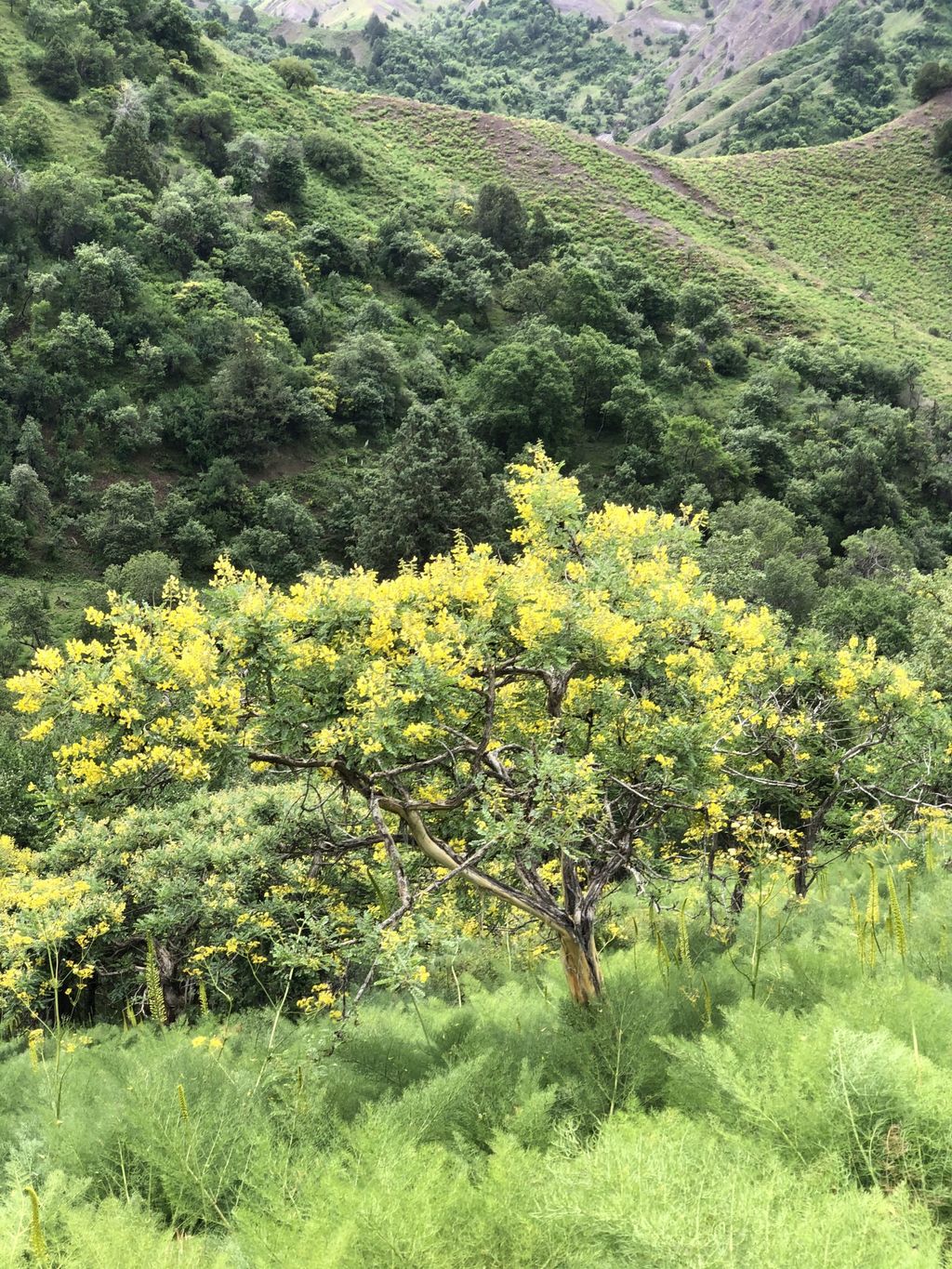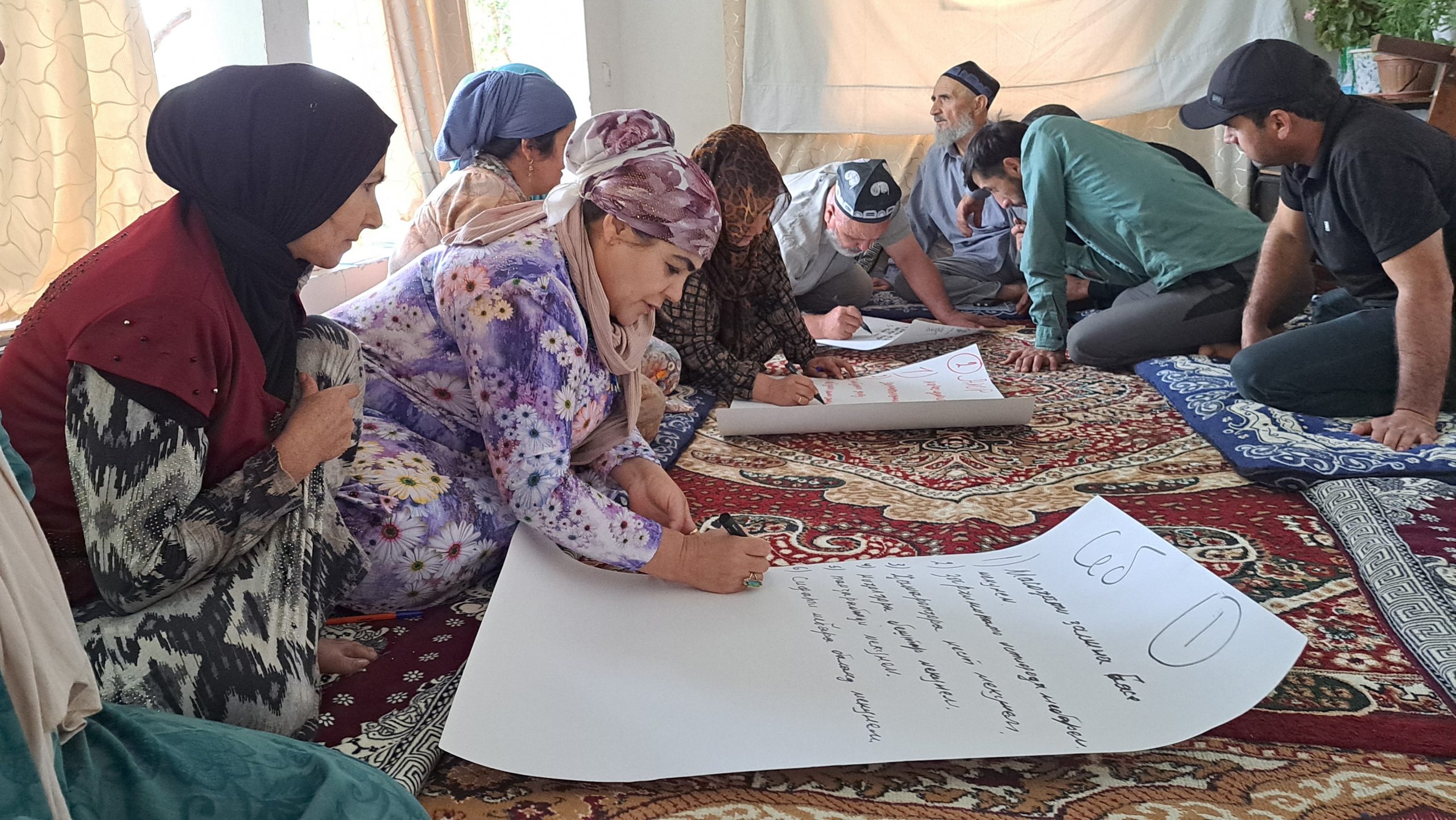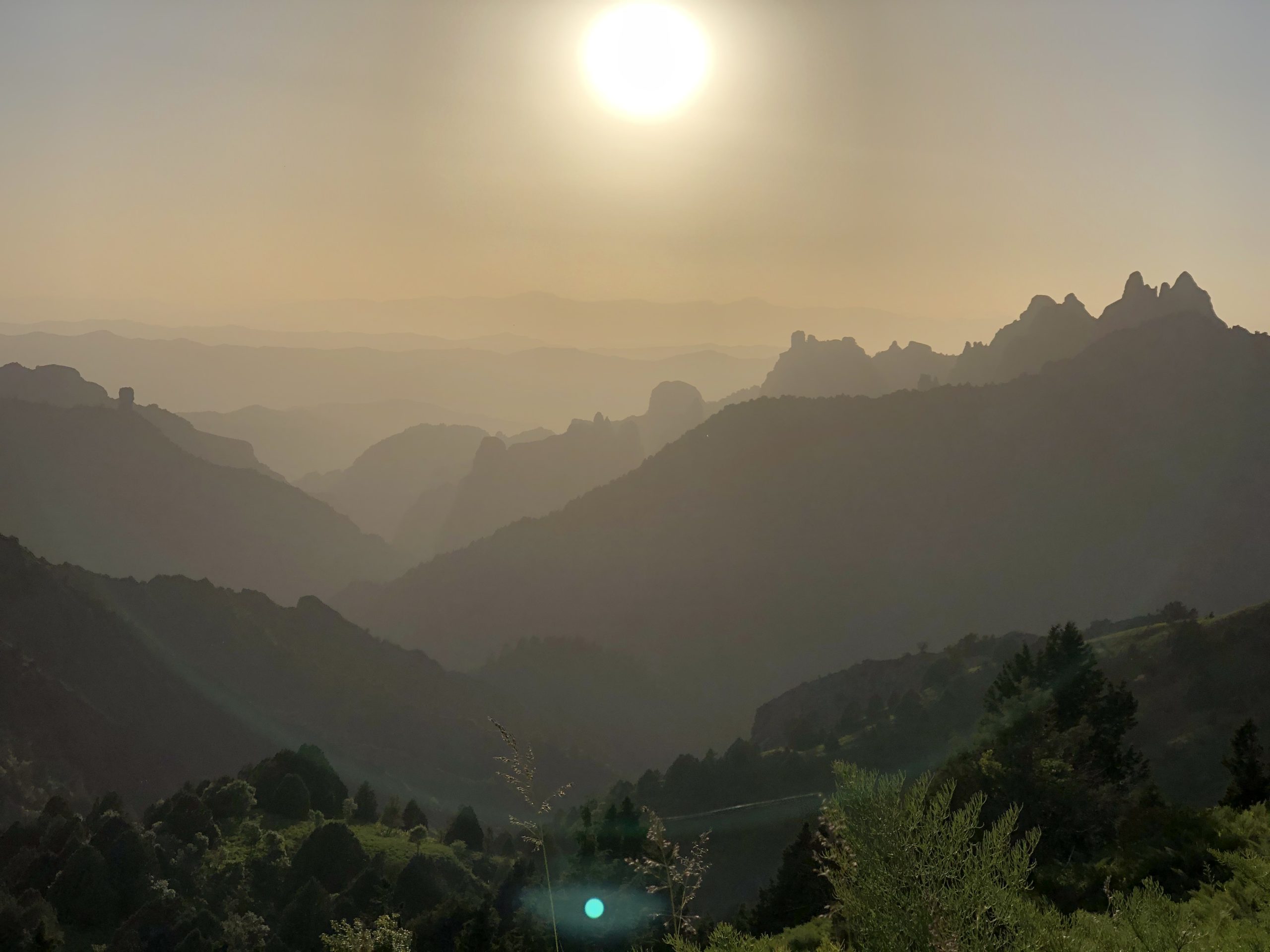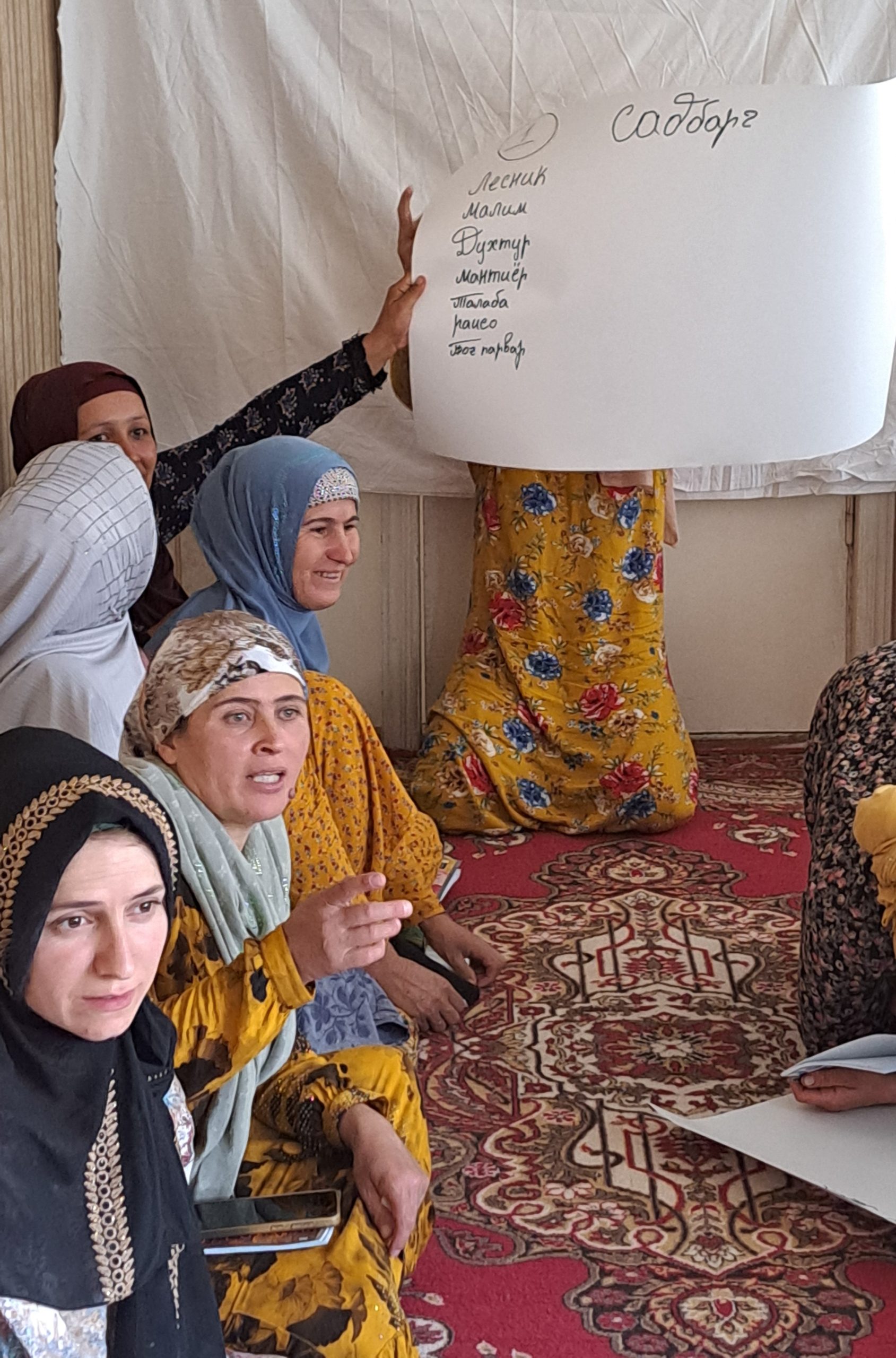Co-creation of public engagement activities to promote alternative livelihoods in Southern Tajikistan

-
Status of project
Ongoing -
Region
Global -
Country
Tajikistan -
Workstream
Saving Plants -
Topic
Ecological Restoration
Overview
Southern Tajikistan’s broadleaved forest biodiversity, comprising wild and rare species relatives of cultivated crops such as apples, pears, plums and cherries, remains under threat from overexploitation. Because of its floristic wealth, Tajikistan is recognised as a biodiversity hotspot (Conservation International, 2005). It harbours almost 4,300 native plant species, including 1,400 national endemics. Nearly 40% of the flora is threatened (Nowak et al., 2020). Tajikistan’s ancient walnut and maple forests present a particular feature of this floristic diversity. They are of major socio-economic importance for the livelihoods of local communities as well as being repositories of genetic diversity for crops of global importance.

During the lifetime of the project, the capacity of communities in Sari Khosor and N. Mahmudov to draw on alternative livelihood options through agroforestry and participation in forest restoration will be enhanced.
The project aims to boost biodiversity and livelihoods improvement in Sari Khosor and N.Mahmudov sub-districts.
- Recovery of native forests through integrated ex and in situ conservation, working with communities and forest departments in at least 6 villages;
- Major inclusion of women as quintessential stakeholders and beneficiaries of this project, targeting 65% participation;
- Enhanced capacity of communities achieved through a series of training throughout the project, targeting over 500 community members.
In the long-term, diversifying home gardens and orchards, and restoring degraded woodland habitats, will realise benefits for all – people and biodiversity.

Project Outputs relevant to Public Awareness
- Output 3: Knowledge of and capacities and capabilities of local communities in Sari Khosor and Yol in forest restoration, sustainable and revenue generating agroforestry, are increased, benefiting in particular women and people belonging to vulnerable groups.
- Output 4: Project best-practice in joint forest restoration management planning and agroforestry is shared at the national level through a series of public outreach events for community buy-in and incorporation into the government’s efforts to develop future forest management policy.

Public Engagement Activities
To decide on the Public Awareness Strategy, the education team visited the project sites in September 2024 to run a co-creation training with the partners. We also organized four community workshops with local communities resulting in the creation of a public engagement plan. In year 2 and 3 we will
- Run 3 major stakeholder events (Open Days at Kulob Botanical Garden).
- Identify ten co-creation workshop participants from Sari Khosor and Yol to design public outreach activities and messaging on the links of forest restoration, sustainable management and locally adapted agroforestry practices (Year 1).
- Deliver at least four co-creation workshops with co-creation participants and deliver co-created outreach activities to local communities and prepare an evaluation (Years 2 and 3).
Partners
Supported by the UK governments’ Darwin Initiative Innovation Fund, this project is implemented in partnership with Kulob Botanical Garden (KBG), Zam Zam and Ganji Tabiat (GT).
This 3-year project started in May 2024 and runs until March 2027. Funded by the UK Government through Darwin Initiative.

